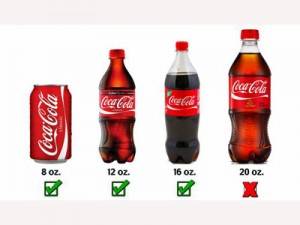 It’s no secret that smoking is bad for your health – and, for pregnant women, has serious impacts on the health of their unborn babies. Smoking during pregnancy not only increases the chance for early labor and miscarriage , but also lowers the unborn baby’s heart rate, limits the oxygen he receives, , and increases his risk of lung disease later in life.
It’s no secret that smoking is bad for your health – and, for pregnant women, has serious impacts on the health of their unborn babies. Smoking during pregnancy not only increases the chance for early labor and miscarriage , but also lowers the unborn baby’s heart rate, limits the oxygen he receives, , and increases his risk of lung disease later in life.
Now there is new evidence that provides pregnant mothers with one more reason to avoid smoking: A new systematic review published in the British Medical Journal found that children whose mothers smoked during pregnancy were more likely to be overweight.
The analysis reviewed a total of 30 prospective studies to identify factors during pregnancy and infancy that led to obesity in childhood. Children whose mothers smoked during pregnancy were 47% more likely to be obese.
The review also found that children were significantly more likely to be overweight if their mothers were overweight before giving birth, or if they were fed solids before they were 4 months old.
There were also some factors that seemed to protect against childhood obesity. Breastfed babies were 15 percent less likely to be overweight in childhood. Babies who gained weight more slowly during infancy were also significantly less likely to become overweight as children.
The review offers some solid guidelines for mothers during pregnancy and while caring for young infants. The authors also noted medical professionals could use the findings to develop screening guidelines for pregnant mothers and young babies.
The bottom line: Nutrition and health during pregnancy and infancy has an important impact on a child’s health and well-being.







 Fox News: Red meat linked to premature death, research finds
Fox News: Red meat linked to premature death, research finds



